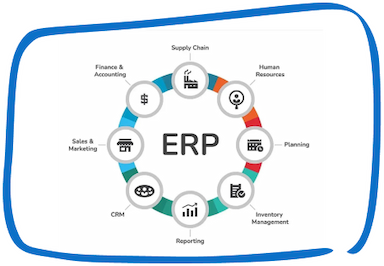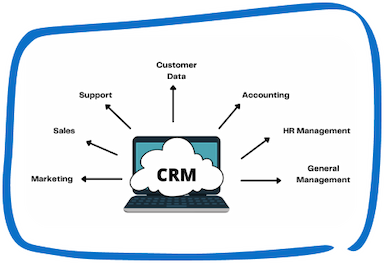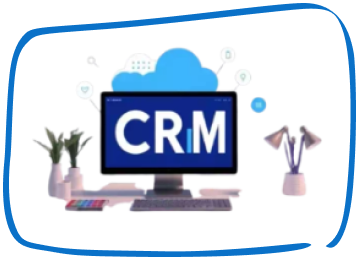Using accounting software can seem daunting at first, but with a little practice and guidance, it can become a valuable tool for managing your business finances. Here are some general steps to get you started with using accounting software:
Choose an Accounting Software
The first step is to choose an accounting software that meets your business’s needs. There are many accounting software options available, ranging from basic to advanced features. Some popular options include QuickBooks, Xero, FreshBooks, and Zoho Books. Consider factors such as pricing, features, and user-friendliness when selecting an accounting software.
Set Up Your Chart of Accounts
Once you have selected your accounting solution, the next step is to set up your chart of accounts. Your chart of accounts is a list of all the accounts used in your business’s accounting system, such as assets, liabilities, equity, income, and expenses. The software may come with a pre-built chart of accounts, or you may need to customize it to match your business’s needs.
Enter Opening Balances
Before you start recording transactions in your accounting system, you will need to enter opening balances for your accounts. This involves recording the balances of your accounts as of a certain date, such as the start of your fiscal year. Opening balances ensure that your financial statements are accurate and reflect your business’s financial position.
Record Transactions
Once your accounting software is set up, you can start recording transactions. Transactions can include sales, purchases, receipts, payments, and payroll. The software will categorize each transaction into the appropriate account, based on your chart of accounts.
Reconcile Bank Accounts
It is important to reconcile your bank accounts regularly to ensure that your accounting solution matches your bank statements. Bank reconciliation involves comparing the transactions recorded in your accounting software to the transactions recorded in your bank account. Any discrepancies should be resolved promptly to ensure the accuracy of your financial statements.
Streamline Your Finances with Accounting Software
Manage your accounts, track expenses, and ensure tax compliance with our easy-to-use accounting software. Perfect for businesses of all sizes.
Generate Reports
One of the key benefits of accounting system is its ability to generate financial reports. These reports can include income statements, balance sheets, and cash flow statements. Financial reports provide businesses with a snapshot of their financial health and are used to make informed decisions about their finances.
Automate Tasks
Take advantage of the automation features of your accounting system to save time and reduce errors. For example, you can set up automatic invoicing, bill payments, and payroll processing. Automation eliminates the need for manual data entry and reduces the risk of mistakes.
Seek Help When Needed
Don’t hesitate to seek help when using accounting software. Most software providers offer customer support, tutorials, and training materials to help you get started. You can also hire a bookkeeper or accountant to assist with more complex tasks or to review your financial statements for accuracy.
In conclusion, using accounting system can help businesses manage their finances more efficiently and effectively. By following these general steps, you can start using accounting software with confidence and gain valuable insights into your business’s financial health.
Speak with Our Team!
4.9 Stars
1k+ reviews on






